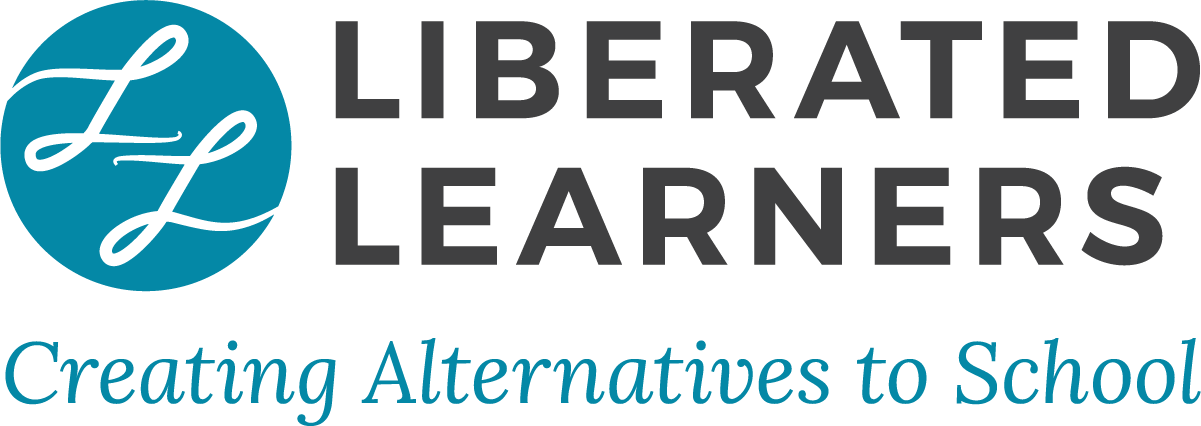By Ken Danford.
In the world of self-directed learning, there are few schools or programs that fully empower teens to pursue their own interests without any external requirements from the program itself. In very few spaces can a teen say to an adult, “Thank you for the suggestion, but that’s not something I would like to do right now.” The idea of allowing children and teens to do as they wish stretches many parents and teachers beyond their comfort and tolerance.
Currently there are three actively spreading models in the United States and elsewhere that are promoting self-directed learning with as few restrictions or obligations as possible: Sudbury Schools, Liberated Learners centers, and Agile Learning Centers. Newcomers to the field may find them similar, and have some confusion about what makes each unique. Fortunately, Blake Boles has spent the past several months visiting many of these schools and centers, and has written this summary of his observations and current understanding of similarities and differences for these three models. Blake’s major conclusion is that the founding premises and commitment of all three models for empowering participants makes them far more similar than different. He envisions all of the programs as perhaps cousins in a happy extended family.
In a world where only a small handful of people are creating alternatives to the dominant approach to schooling, we all need family and friends. Thank you, Blake, for spending your time in this way and sharing your perspective.
Agile Learning Centers, Liberated Learners, and Sudbury Schools: What’s the Difference? by Blake Boles
You walk into a small building: a place that advertises itself as an alternative to regular school. Young people of all ages are hanging out, playing games, interacting with screens, reading books, and casually chatting. You notice some adults around, but they’re mostly doing their own thing. Where are you?
Share this Post

